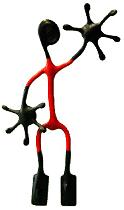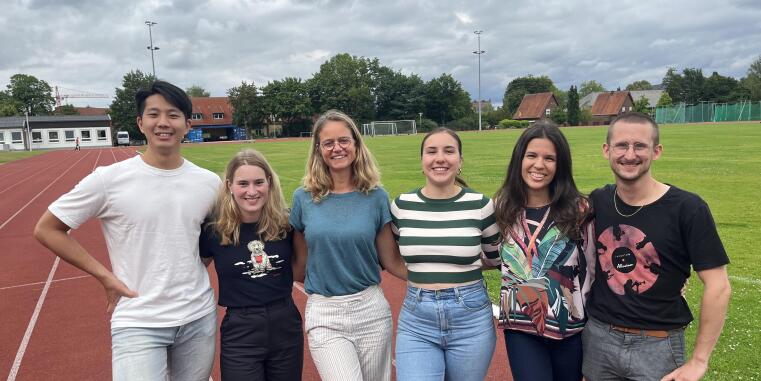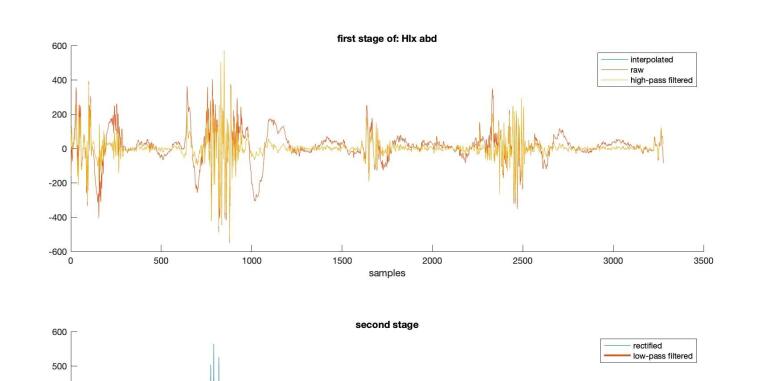
Clinical Biomechanics
Clinical Biomechanics is a research group within the Movement Science department of the Muenster Sport Institute focusing on orthopedics and sport therapy. The aim of the research is to induce a movement from evidence based therapeutic approaches towards science based therapeutic approaches in conservative and surgical treatment in orthopedic, rehabilitation and sports medicine.
Read more
Many factors play a role in rehabilitation after impairment of body structures or functions: Physiological factors, such as the amount of tissue damage, or mechanical factors, such as tissue loading, will influence tissue regeneration and preservation. However, also psychological factors, such as coping with or fear of pain, will influence the ability of the patient to restore body structures and function.
Therefore, we apply a multi-disciplinary translational approach, combining knowledge and insights from clinicians, therapists, biomechanical engineers, psychologists and physiological researchers. Additionally, a large variation of research methods is at our disposal and combining these, provides us insight in degenerative and rehabilitation factors and mechanisms. Our approach enables fundamental research into degeneration, restoration and preservation mechanisms of body structures and functions to optimise the patients quality of life.
Finally, improving our understanding of WHY and HOW specific factors influence rehabilitation, and how these are related to therapies yielding positive or negative results, will lead to improved patient specific therapeutic management. Ongoing research topics include multi-disciplinary studies of ankle instability after inversion trauma and efficiency of daily hand-cycling.





